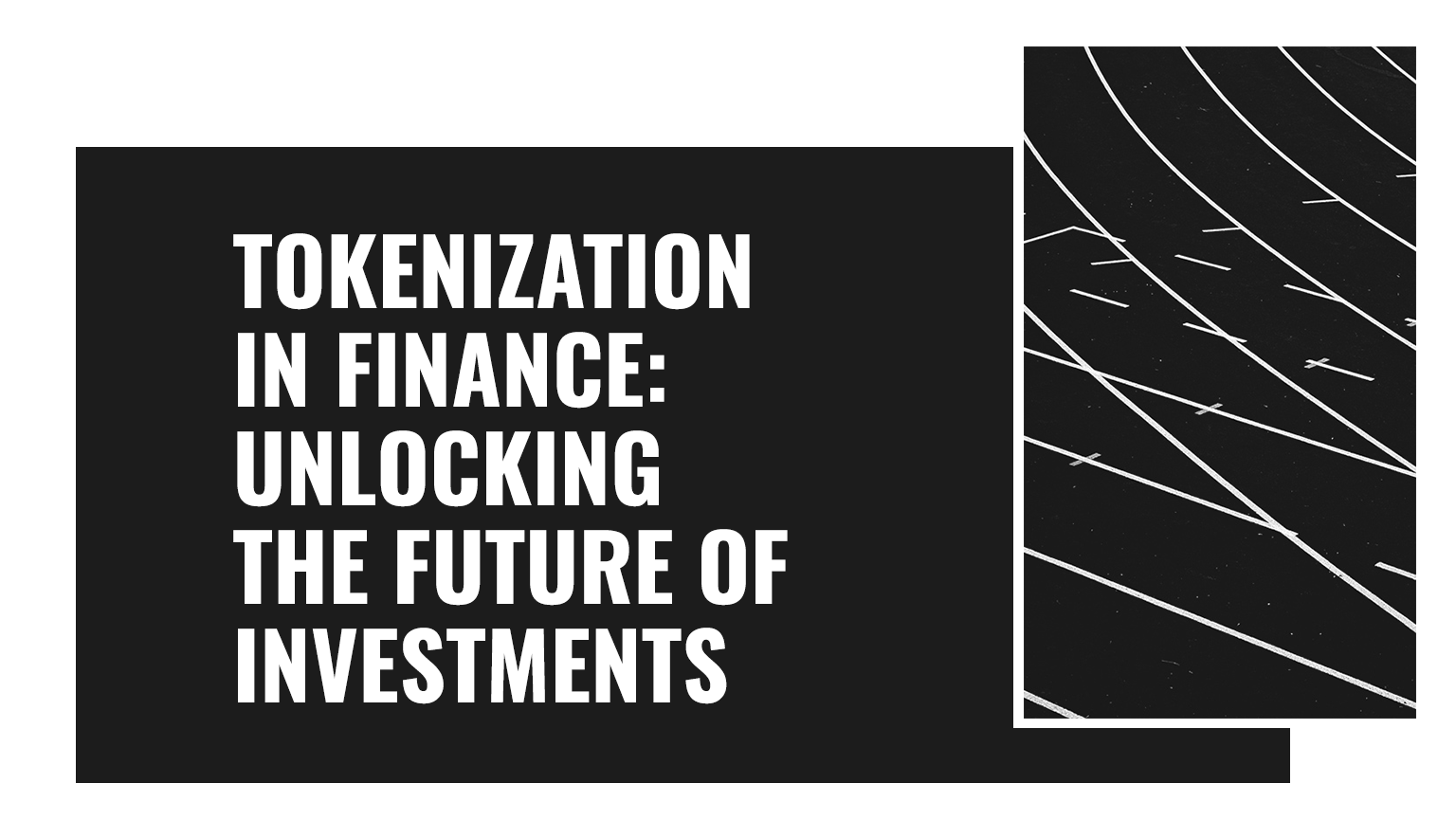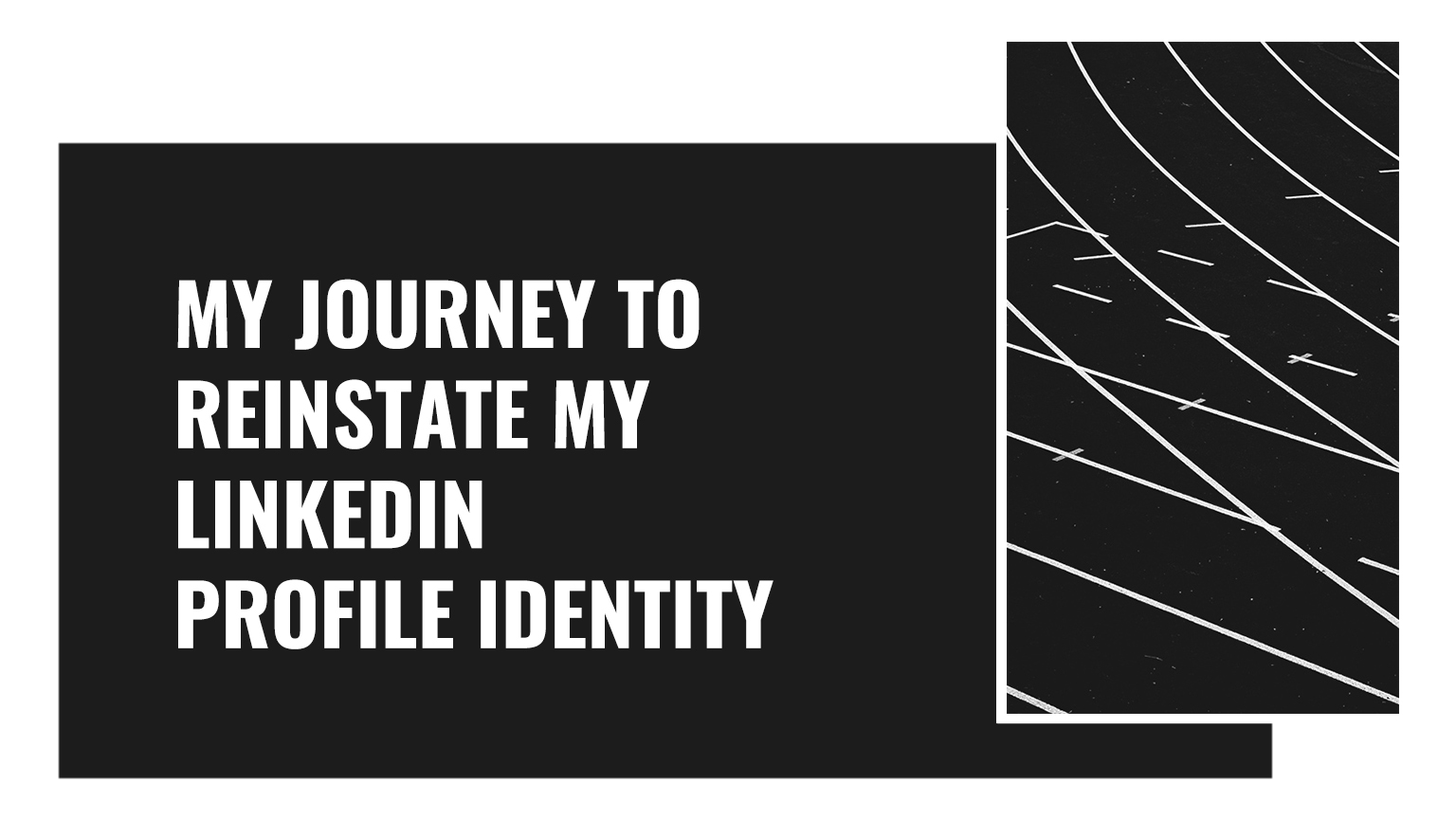
Tokenization in Finance: Unlocking the Future of Investments
In the ever-evolving realm of blockchain technology, there’s a concept that’s been making waves, and its name is tokenization. No, it’s not about turning everything into tokens for an arcade (though that could be fun). It’s a game-changer in the world of finance, and it’s shaking up the status quo.
So, what’s tokenization all about? Well, imagine taking traditional assets like real estate, stocks, or art and converting them into digital tokens. These tokens represent ownership and can be easily bought, sold, or traded, all thanks to the magic of blockchain. It’s like having a piece of a Picasso without needing a fancy art gallery.
But why should you care about tokenization? Because it’s changing the game in the financial sector, and it’s doing so in a big way. From enhancing liquidity to making investments accessible to the masses, tokenization is the financial disruptor we’ve all been waiting for.
In this article, we’re diving headfirst into the world of tokenization. We’ll explore its impact on finance, how it’s reshaping traditional investments, and why it’s become a hot topic among both financial experts and everyday investors. No complicated jargon here; we’ll break it down in a way that anyone can understand.
Understanding Tokenization
Okay, let’s start with the basics. What exactly is tokenization?
At its core, tokenization is like the modern-age magician of finance. It takes real-world assets — like real estate, stocks, or art … — and turns them into digital tokens on a blockchain network.
Now, these tokens aren’t tangible like the assets they represent. Instead, they’re lines of code securely stored on a blockchain network. But here’s the kicker: these lines of code hold immense value because they’re backed by the real-world assets they represent. It’s like having a virtual certificate of ownership.
Imagine you’re into real estate. Traditionally, buying a piece of property could mean heaps of paperwork, legal hoops, and big piles of cash. Tokenization simplifies this. You can buy a fraction of a property by purchasing tokens representing it. So, you and thousands of others can collectively own a skyscraper without ever meeting in person.
Or consider stocks. Instead of buying whole shares, you can buy tiny fractions of them through tokens. That means even if you only have a few bucks to spare, you can still invest in companies’ equity.
Art? Say goodbye to those snooty art galleries. With tokenization, you can own a piece of a masterpiece. It’s like buying shares in the Mona Lisa.
Now, why is this such a big deal? Because it’s democratizing investments. Tokenization opens the door for everyday investors to access assets that were once reserved for the elite.
Moreover, it enhances liquidity. Traditional assets can be like that antique vase, gathering dust in a corner until someone decides to buy it. Tokenized assets can be traded 24/7 on online marketplaces, making them as easy to buy and sell as a cup of coffee.
In essence, tokenization takes the stuffy, old-school world of finance and injects it with the agility and accessibility of the digital age. It’s financial innovation at its finest.
Tokenization in Finance
Alright, now let’s dive into how tokenization is shaking up the world of finance.
Picture this: traditional financial systems are like colossal, ancient machines. They’re clunky, slow, and exclusive. But tokenization? It’s the shiny new upgrade that’s making those old machines look like relics.
So, how is it disrupting finance? Well, for starters, it’s tearing down barriers. In the past, investing in assets like real estate or fine art required deep pockets and a maze of legal paperwork. Tokenization? It’s like a universal pass, allowing anyone to enter the game. You don’t need a VIP card; you just need an internet connection.
Now, let’s talk about the benefits. Tokenization isn’t just about making things easier—it’s about making them better. Take liquidity, for example. Traditional assets can be as liquid as a desert. They’re hard to buy and even harder to sell. Tokenized assets? They’re like the Amazon rainforest after a downpour—super liquid. You can trade them 24/7 on digital platforms, turning illiquid assets into cash in a snap.
And don’t get me started on costs. Traditional financial systems are notorious for their fees and middlemen. Tokenization slashes those costs like a ninja with a katana. You can say goodbye to hefty commissions and paperwork-induced migraines.
Now, think about all those financial processes that take forever. Tokenization streamlines them. Buying a property? It’s a few clicks. Transferring ownership of stocks? It’s as easy as sending a text. This isn’t just about convenience; it’s about efficiency.
Tokenization is a game-changer for the unbanked and underbanked populations. Those who’ve been left out of the traditional financial party now can join economic inclusion.
Use Cases and Examples
Now that we’ve laid the groundwork, let’s get to the fun part—real-world use cases and examples of tokenization in finance.
Imagine you want to invest in a fancy piece of real estate, like a luxury apartment in Manhattan. In the old days, that would require a suitcase full of cash and a mountain of paperwork. But with tokenization, it’s as simple as buying a book online. Brickken’s Token Suite, for instance, is allowing you to turn your real-world assets into digital tokens with no coding knowledge or technical expertise. You can own a fraction of that Manhattan apartment, and it’s all recorded on the blockchain. Real estate, meet the digital age.
And let’s not forget about stocks. Instead of buying shares through a broker, you can buy digital tokens that represent ownership in a company. It’s like trading stocks on steroids, with instant settlement and 24/7 trading.
Now, venture capital is getting a makeover too. Security token offerings (STOs) are replacing traditional fundraising methods. Startups can tokenize their equity and offer it to a global pool of investors. This opens up a world of opportunities for both startups and investors.
But wait, there’s more. The art world is in on the action too. You can own a piece of a masterpiece, even if you’re not a millionaire art collector. It’s democratizing the art market.
Tokenization isn’t just about assets; it’s also transforming how we manage them. Asset managers are using blockchain technology to create tokenized funds. These funds offer increased transparency and liquidity, making them an attractive option for investors.
So, what’s the impact of all this? It’s massive. Tokenization is like a wrecking ball hitting the walls of traditional finance. It’s breaking down barriers to entry, increasing liquidity, and reducing costs. Industries like venture capital and real estate are being reshaped, and everyday investors are getting a piece of the pie.
These examples are just the tip of the iceberg. Tokenization is a wave that’s sweeping through finance, and it’s changing the game for everyone involved. So, whether you’re eyeing a piece of luxury real estate or thinking about investing in the next big startup, tokenization is a trend you can’t afford to ignore.
Regulatory and Security Considerations
Now, before you dive headfirst into the exciting world of tokenization, let’s talk about the not-so-glamorous but incredibly important stuff: regulations and security.
First off, regulations. Tokenization is pushing the boundaries of finance, and regulators are playing catch-up. Depending on where you are in the world, the rules can vary widely. Some countries are embracing tokenization with open arms, while others are still trying to figure out what to make of it.
This regulatory uncertainty can be a double-edged sword. On one hand, it means there’s room for innovation and experimentation. On the other, it can lead to legal headaches if you’re not careful. So, if you’re thinking of launching a tokenized project, make sure you have a legal team that knows the ins and outs of the jurisdiction you’re operating in. Find your path to tokenization with Brickken’s Free Consultation.
Now, let’s talk about security. Blockchain, the technology behind tokenization, is known for its robust security features. Smart contracts, for instance, are self-executing contracts with the terms of the agreement directly written into code. They’re like digital watchdogs, ensuring that transactions happen exactly as they should.
Decentralized networks also play a crucial role in security. Instead of relying on a single central authority, transactions are verified by a network of nodes spread across the globe. This makes it incredibly difficult for bad actors to tamper with the system.
But, that doesn’t mean tokenization is bulletproof. Hacks and security breaches can still occur, especially at the application layer. That’s why it’s crucial to prioritize security measures and conduct regular security audits.
Now, let’s touch on compliance and risk management. Just because tokenization is on the cutting edge doesn’t mean you can throw caution to the wind. In fact, compliance and risk management are more critical than ever. You need to ensure that your tokenized assets and transactions comply with local and international regulations.
Tokenization and Financial Inclusion
Now, let’s talk about something that has the potential to be truly transformative: financial inclusion.
In a world where traditional financial systems have left many people behind, tokenization could be a game-changer. How, you ask? Well, let’s break it down.
Imagine you’re in a remote village where there are no banks for miles. Getting access to financial services is like chasing a mirage in the desert. This is the reality for billions of people around the world. But what if they had access to a smartphone and an internet connection? Suddenly, they’re not excluded from the global economy anymore.
Tokenization can make this a reality. By digitizing assets and creating blockchain-based financial systems, we can provide access to financial services for anyone with an internet connection. This means people in remote areas can now save, invest, and transact digitally.
One exciting initiative is using tokenization to give people in developing countries access to global markets. For instance, imagine a farmer in Africa who wants to invest in a tech startup in Silicon Valley. Through tokenization, they can buy a fraction of a tokenized asset representing shares in that startup. This opens up a world of investment opportunities that were previously unthinkable.
But it’s not just about investments. Tokenization can also enable access to credit and loans for those who don’t have a traditional credit history. By using blockchain-based identity verification and smart contracts, lending can become more inclusive and secure.
In places where the local currency is unstable, tokenized stablecoins can provide a safe store of value and a means of exchange. This can protect people from hyperinflation and economic instability.
One shining example is the use of tokenization in humanitarian aid. In crisis situations, distributing aid efficiently and transparently is a massive challenge. Blockchain and tokenization can ensure that aid reaches the right hands at the right time, reducing corruption and ensuring that those who need it most get the help they deserve.
Tokenization isn’t just about making money in the world of finance. It’s also about creating a more inclusive financial system that brings billions of people into the fold. It’s about tearing down the barriers that have excluded so many from the benefits of the global economy. And that is a revolution worth getting behind.
Conclusion
As we wrap up this journey into the world of tokenization in finance, let’s recap the key takeaways.
Tokenization isn’t just a trend; it’s a game-changer. It’s reshaping how we think about assets, investments, and finance. By digitizing real-world assets and putting them on the blockchain, we’re unlocking a new era of accessibility and opportunity. Whether it’s real estate, art, stocks, or even humanitarian aid, tokenization has the potential to revolutionize how we transact and invest.
However, there’s work to be done. The road to a fully tokenized financial world is still under construction. We need continued innovation, collaboration, and, most importantly, regulatory clarity. It’s a complex landscape, and we need clear rules to ensure that the benefits of tokenization are realized without compromising security or fairness.
If you’re intrigued by the possibilities of tokenization, why not take it for a test drive? The Brickken Token Suite Sandbox is waiting for you to explore. It’s a safe and educational environment where you can get hands-on experience with tokenization on the Ethereum Sepolia blockchain testnet. Who knows, you might just uncover the next big idea in finance.
In the end, the world of finance is evolving, and tokenization is at the forefront of that evolution. It’s a journey filled with promise and potential. So, stay curious, keep innovating, and let’s shape the future of finance together.





